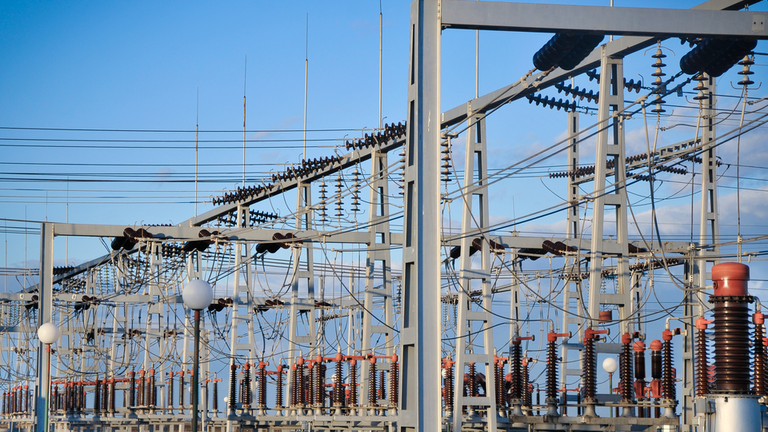
A substation is an electrical platform with high-voltage capacity that can be utilized to control electrical circuits, generators, apparatus, and other equipment. Mainly, a substation converts alternating current (AC) to direct current (DC). It forms part of the electrical distribution, transmission, and generation system.
A substation can convert voltage from low to high, or vice versa, and can perform other vital functions. From the generating plant to the consumer’s home, power may pass through multiple substations at various voltage levels.
A substation can include transformers to alter voltage levels from high to low, or at the interlinking of two transmission voltages. Industrial and commercial organizations and electrical utilities may own and operate substations. Typically, substations can function unattended, and companies use SCADA for remote control and supervision.
Substations Classification
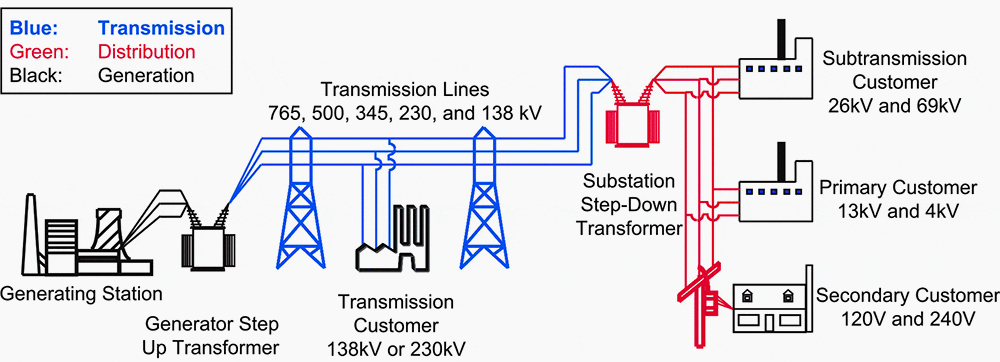
A substation is used to transfer power from the generating plant to the end consumer. It is made of equipment such as power cable, generator, and transformer, which assist in electricity transmission. A substation’s primary functions are the distribution, transmission, and generation of power.
A generating substation produces power, a transmission substation transmits it, and a distributing substation distributes the electricity to the load.
Substations are classified according to criteria like design, importance, operating voltage, service rendered, and nature of duties.
Substations Classification by Nature of Duties
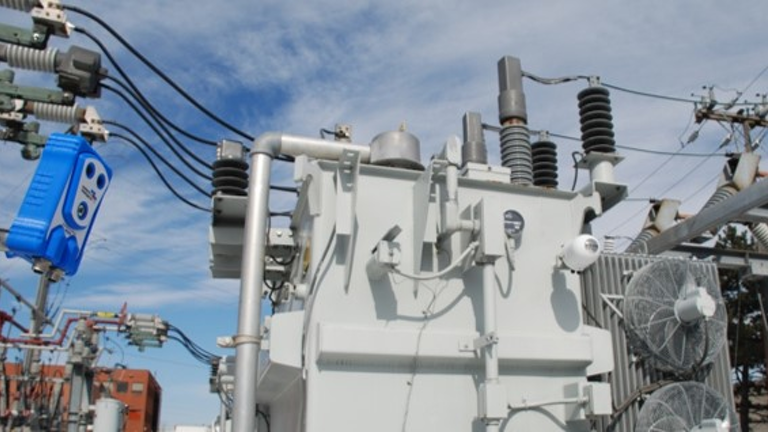
Distribution Or Step-Down Substation – This type of substation is located close to the load center where the main distribution is reduced for sub-transmission. Further, the secondary distribution transformer uses the service line to feed the end consumer.
Primary Grid Substation – This type lowers the value of main stepped-up voltages. Its output functions as the input of the secondary substations. Moreover, the secondary substation is utilized for reducing the input voltage for further transmission.
Primary Or Step-Up Substation – This type generates low voltage, such as 33, 11, 6.6, or 3.3 KV. This voltage is increased with the assistance of a step-up transformer to transmit power across long distances. This type is located close to the power generating substation.
Substations Classification by Service Provided

Converting Substation – This type converts DC power into AC power or vice versa. It can also convert the high-frequency currents to low or vice versa.
Switching Substation – This substation is used to switch the power line without affecting the voltage. These substations are placed between transmission lines.
Transformer Substation – This type converts power from one voltage level to another according to requirement.
Substations Classification by Operating Voltage
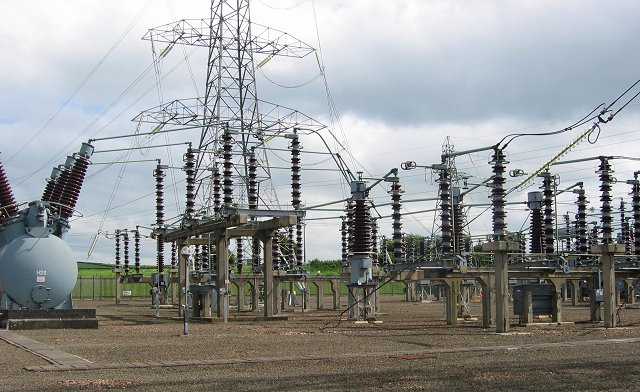
- Ultra-High Voltage Substation – Functional voltage greater than 400 KV
- Extra-High Voltage Substation – Involves voltages between 132 to 400 KV
- High Voltage Substation – Involves voltages between 11 to 66 KV
Substations Classification by Importance
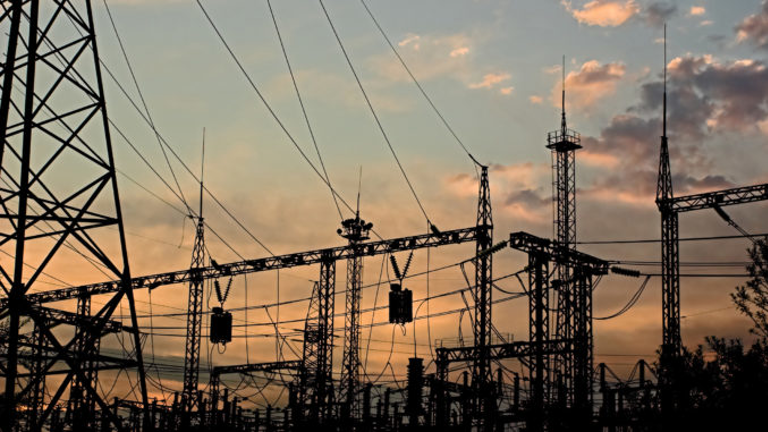
Town Substation – This type decreases the voltage to 33/11 kV for safer distribution in towns. If a fault happens in this substation, the whole town’s power supply is blocked.
Grid Substation – This type is utilized to transfer bulk power from one place to another. If a fault happens in this substation, the power supply’s continuity will be impacted.
Substations Classification by Design

Outdoor Substation – This type is divided into two categories: Foundation mounted and pole mounted.
Foundation Mounted Substation – This type is used to mount transformers with a capacity of 33,000 volts or more.
Pole Mounted Substation – This type is built for power distribution in localities. H-pole or single stout pole and 4-pole builds with pertinent platforms are operated for transformers having capacity up to 25, 125, and more than 125 KVA.
Indoor Type Substation – In this type, the apparatus is placed inside the building hosting the substation. Indoor type substations are meant for voltage up to 11 KV. This can be increased to 33 or 66 KV if the surrounding environment is polluted by gases, fumes, dust, or other impurities.
Remember to consult with leading providers and licensed electrical professionals before making any decisions regarding buying a substation. Doing so ensures you buy the best products that meet your requirements!
Sources:




